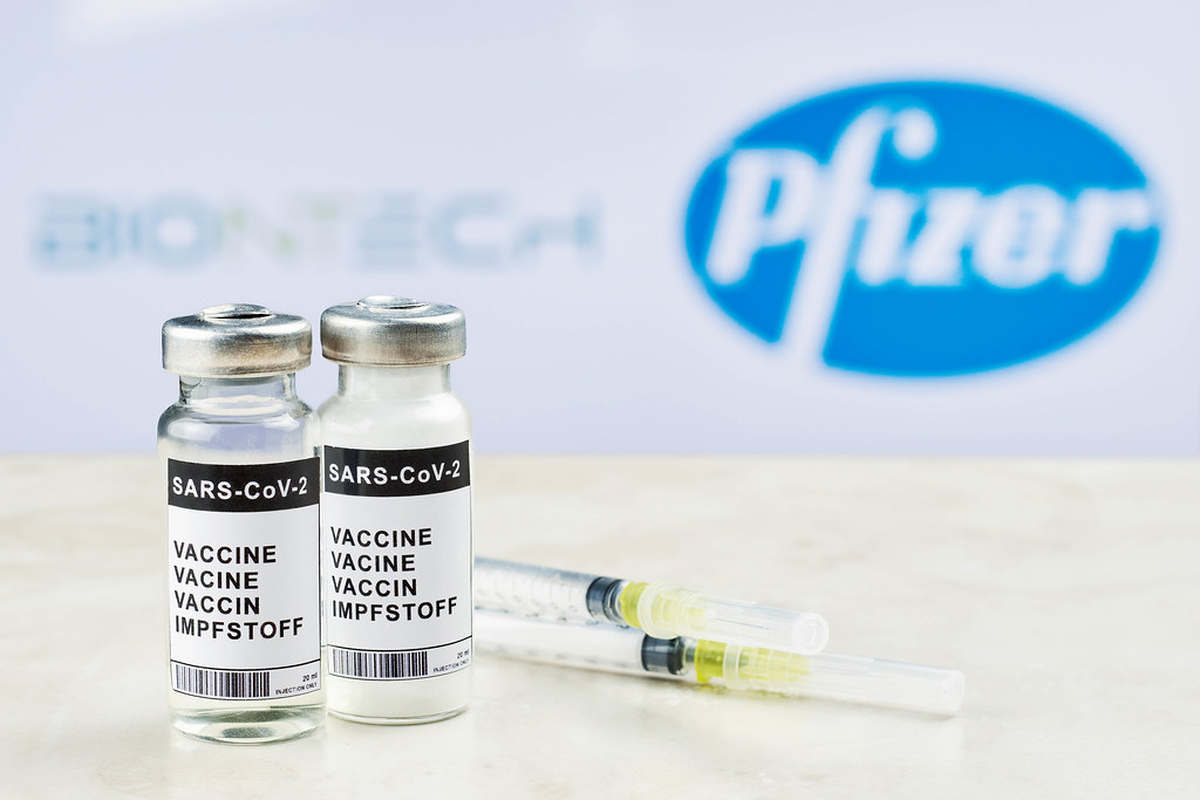A document from the Pfizer laboratory demonstrates that the modifications made to the vaccine spike protein (replacement of two amino acids at positions 986 and 987) do not prevent it from recognizing and binding to the ECA2 receptor in human cells. This binding of the vaccine spike protein to the ECA2 receptor induces an excess of the hormone angiotensin-2, which overactivates the “deleterious” AT1R receptor at the origin of Covid-19 pathologies. Dr. Jean-Marc Sabatier was the first to warn of this phenomenon and the potential “deleterious” effects associated with these vaccines.

It’s a confidential Pfizer document (see below page 9) from 2021. Entitled “Structural and biophysical characterization of the leading glycoprotein of SARS-CoV-2 (P2 S) as a vaccine antigen”, this scientific study is almost incomprehensible to the layman. It becomes perfectly intelligible with the explanations of Jean-Marc Sabatier, PhD in cell biology and microbiology, HDR in biochemistry, and Director of Research at the CNRS*.
*He is speaking in his own name.
The spike protein: a string of 1273 pearls
To understand this, you need to know that the SARS-CoV-2 spike protein, the one that enables the virus to enter our cells, is a string of amino acid residues comparable to a necklace of 1273 pearls (there are globally 20 types of pearls – i.e. 20 types of amino acid residues – to assemble this necklace).
To develop its Comirnaty vaccine, Pfizer modified two amino acid residues in the spike protein, i.e. two beads, at positions 986 and 987. Instead of the amino acids lysine and valine, Pfizer added two prolines (i.e. two identical pearls) to create a “pre-fusion” conformation of the spike protein. This particular shape of the spike protein would normally have prevented it from recognizing the ACE2 receptor (angiotensin-2 converting enzyme) on target cells.
“A belated admission
Until now, we were told that the vaccine spike protein (a modified form of the spike protein) was unable to recognize the ECA2 receptor,” explains Jean-Marc Sabatier. However, with this confidential document, we learn that the Pfizer pharmaceutical laboratory knew – according to their own experimental data – that the vaccine spike protein is capable of recognizing the human ACE2 receptor. This also explains why vaccines have deleterious effects (not to mention the potential deleterious effects associated with other vaccine components, including lipid nanoparticles). Indeed, the anti-Covid-19 vaccine can potentially act like the virus, with similar action of the viral and vaccine spike proteins on the ACE2 receptor, dysregulation of the renin-angiotensin system (RAS) and overactivation of the AT1R receptor.”
Other vaccines affected
Pfizer is not the only laboratory to have made these modifications to the pearl necklace. The spike proteins of all anti-Covid-19 mRNA vaccines have undergone this modification. And none of these vaccines appear to prevent the vaccine spike protein from binding to the ECA2 receptor.
The consequences are well known. As with the Sars-CoV-2 virus, the vaccine will deregulate the renin-angiotensin system. “Jean-Marc Sabatier continues: “We were told that this was not possible due to the stabilization of a ‘pre-fusion’ conformation for the vaccine spike protein. But Pfizer’s confidential document shows that we were right. Since 2020 and our first scientific papers, we have been asserting that the vaccine spike protein, produced in particular by Pfizer’s vaccine, is capable of binding to the ACE2 receptor, and that it is indeed a potential facilitator of Covid-19 pathologies.”
The truth always wins out in the end, whatever the “experts” on TV.

